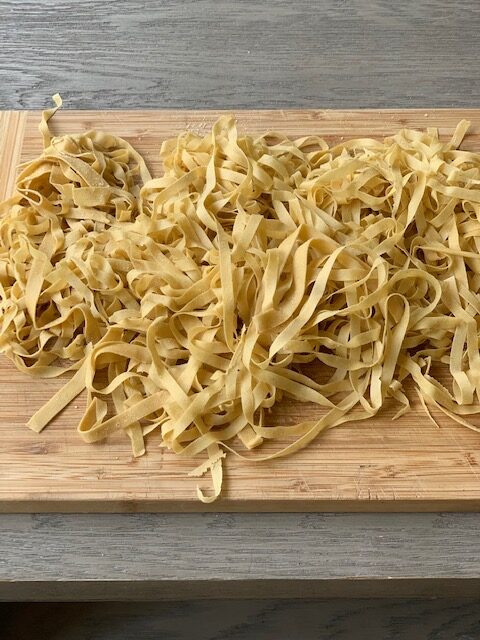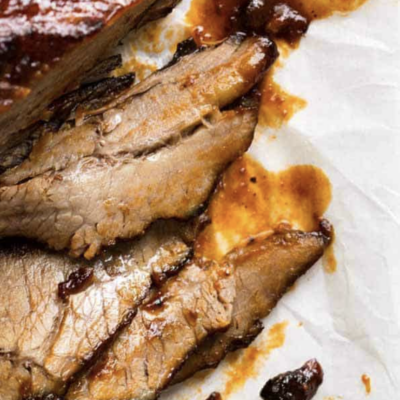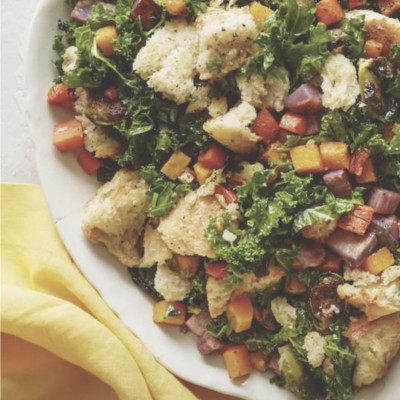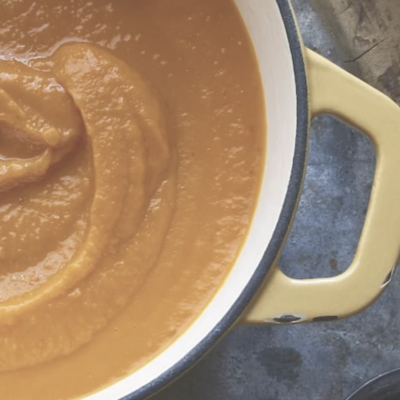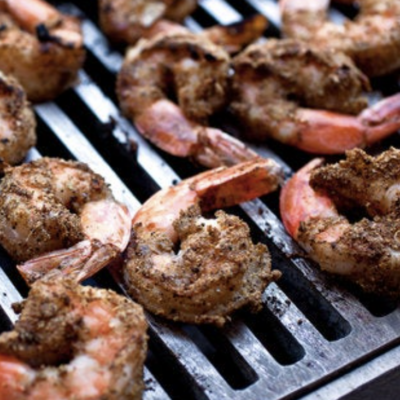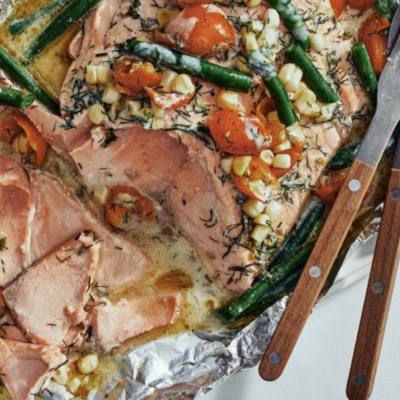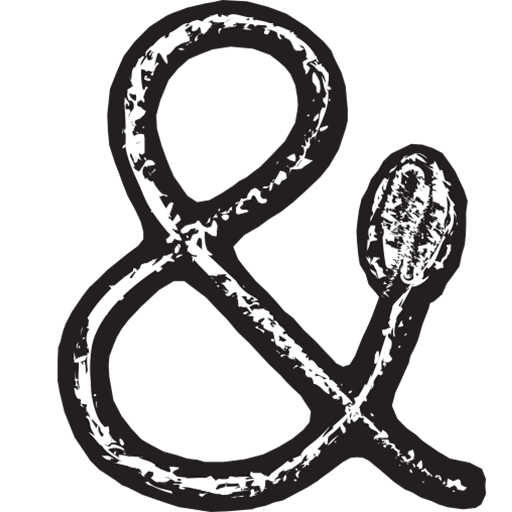Ingredients
-
1 3/4-2 cups "00" flou
-
4 eggs
-
pinch of fine sea salt
-
optional
-
spray bottle of water
Directions
|
1
Done
|
doughPour the flour into a shallow large bowl or pour onto a work surface, and scoop out a deep hole in center. |
|
2
Done
|
Break eggs into the hollow and with a fork begin to beat. Start to bring some of the flour into the egg, mixing in a little at a time until eggs are no longer runny. |
|
3
Done
|
Bring the sides of the mound together with your hands and begin to work together until it forms a smooth integrated ball. If it feels too moist, add a bit more flour, about 1 teaspoon at a time. Once if feels good and not sticky there is enough flour. If it feels like it needs more moisture, spray with a little spritz of water (or wet your hand slightly and work moisture in slowly that way). |
|
4
Done
|
kneadingStart to knead by pushing forward with the palm of you hand, fold in half and press hard again with heal of hand. Continue to work for about 10 minutes until it feels smooth and similar to play dough. |
|
5
Done
|
restingCover the ball tightly in plastic wrap and let rest for 30 minutes at room temperature. You can keep it up to 6 hours at room temperature, or in refrigerator for up to 48 hours (but no longer). This stage is important to allow gluten to activate and become elastic. |
|
6
Done
|
using machine to make pastaTake kitchen (tea) towels, or baking sheet and layout at least 2-4 on counter. Sprinkle with semolina flour, or a little all purpose. |
|
7
Done
|
Remove pasta dough from plastic wrap, cut into half, and then half again. Wrap dough in plastic wrap that you are not using. |
|
8
Done
|
Set the pasta machine to the widest opening, flatten piece of dough into a rectangle and run through machine. |
|
9
Done
|
Fold dough twice into thirds of its length, and feed the short side through machine again. Repeat this two times. |
|
10
Done
|
Set dough on the tea towels or baking sheet. And repeat the above with rest of dough pieces. |
|
11
Done
|
Change the setting on machine by one notch, and taking the first piece send through the machine. Continue to decrease settings on machine by one notch until you are two notches from the last setting for fettuccine or pappardelle. Set large, flat pieces back on the baking sheets. |
|
12
Done
|
cuttingIf not making ravioli or lasagne noodles, determine how to cut, either through the machine for fettuccine or gently fold the noodles and cut into desired width for parpardelle. |


